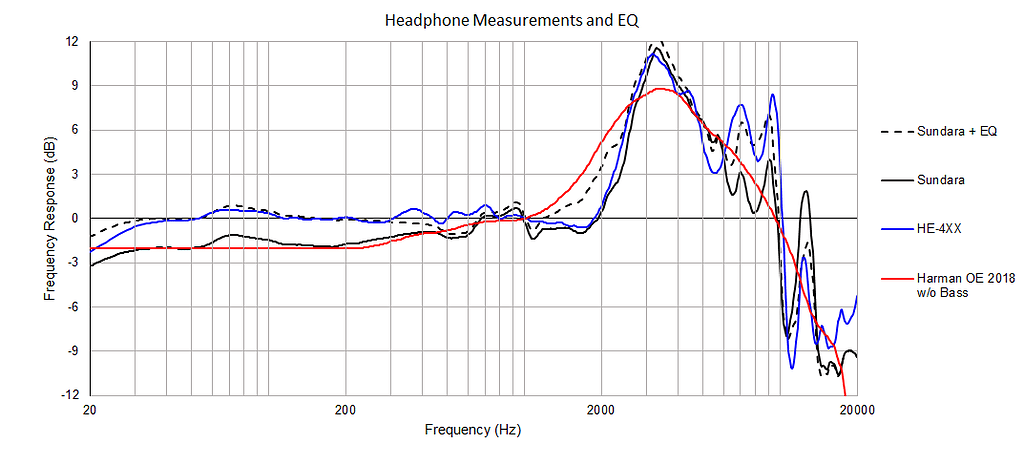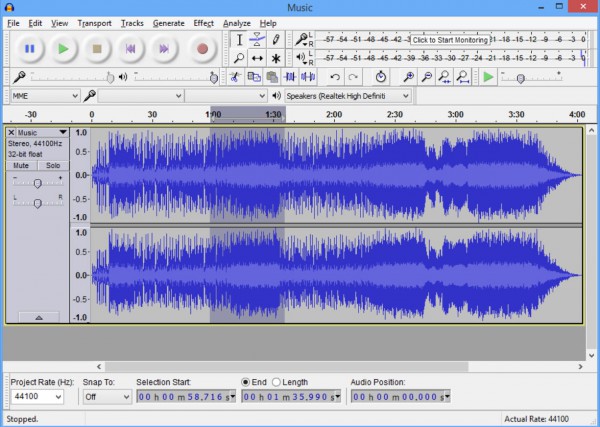
So remember, Filter Curve EQ, Noise Gate and Compressor will improve the sound of your Blue Yeti with ease in Audacity. The final thing you can do is to add on a Noise Gate by going to Effect > Noise Gate and eliminating anything below about -36 dB, which can really improve the sound of your Blue Yeti, particularly if you’re in a room with a lot of echo.

Go to Effect > Compressor and, to make this work perfectly, set the Threshold to -20 dB, the Noise Floor to -60 dB, 2.5:1 on the Ratio and leave Attack and Release Time as it is at 0.10 secs and 1.0 secs respectively. To listen to the difference between your new track and the original, copy the original track, go to Tracks > Add New > Mono Track and you can mute one track to listen to the other. To select it, again go to Effect > Filter Curve EQ > Manage > User Presets > Blue Yeti and click OK. To save your settings, go to Manage > Save Preset, call it Blue Yeti and you’ll have those settings saved for the future. STEP 7: Finally, bump up the bass a little. STEP 6: And then moving out some of the undesirable, boxy mid-range of the Blue Yeti also works well. STEP 4: I also find that a little boost at around 3,500 Hz also works really well on the Blue Yeti.

STEP 3: Then, boost some of the high-end, allowing the treble to really pull out the frequencies of the Blue Yeti.

STEP 2: Start by rolling off some of the low-end by placing two dots and rolling off any unwanted bass. STEP 1: First, select all of your audio and then go to Effect > Filter Curve EQ which helps you draw on a nice curve for the Blue Yeti. Filter Curve EQ Explained In Simple Steps It’s pretty easy to make your Blue Yeti mic sound good in Audacity and I have a few quick tips to get your Blue Yeti sounding clean and crisp. FL Studio to see what the main differences are.In this blog, I’ll show you some Blue Yeti settings that you can apply in Audacity IN SECONDS. You can take a look at our comparison of Audacity vs. This function brings Audacity closer to a fully-fledged digital audio workstation (DAW) like FL Studio, or Logic. And if you decided that you don't like it later on, the only way to reverse the change was to click undo until you got back to the original audio.īy comparison, realtime effects are far more efficient, giving you the flexibility to tweak things over and over without destroying the audio. You would have to add an effect, change the settings, then render the effect to hear the change.

While playing back the audio, you can change the effect settings, and anytime that you want to remove the effect, simply delete the plugin and the original audio will remain intact.īefore the release of Audacity 3.2, applying effects took a really long time. Realtime effects are plugins that you can use on your tracks as you listen to them.


 0 kommentar(er)
0 kommentar(er)
